Identify (A) to (E).
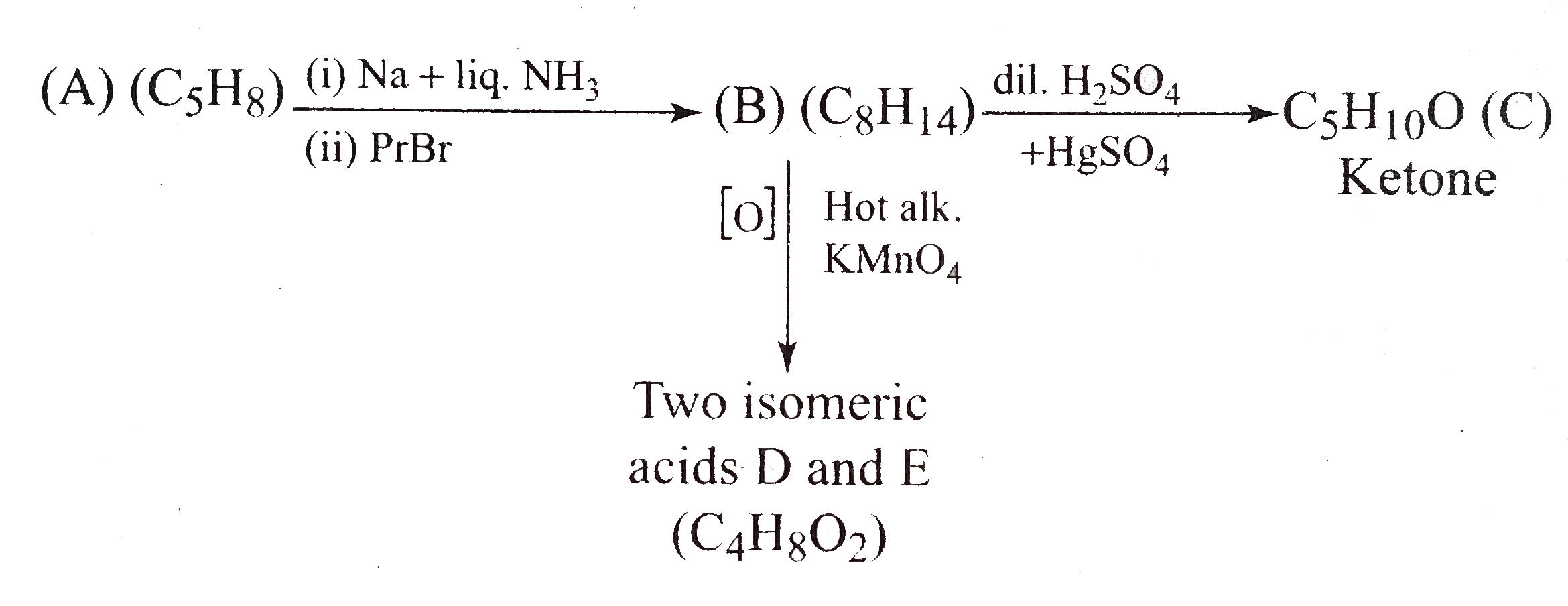
DU in A(C5H8)=(2×5+2)−82=2∘
Reaction with Na+liq.NH3⇒ Terminal alkyne
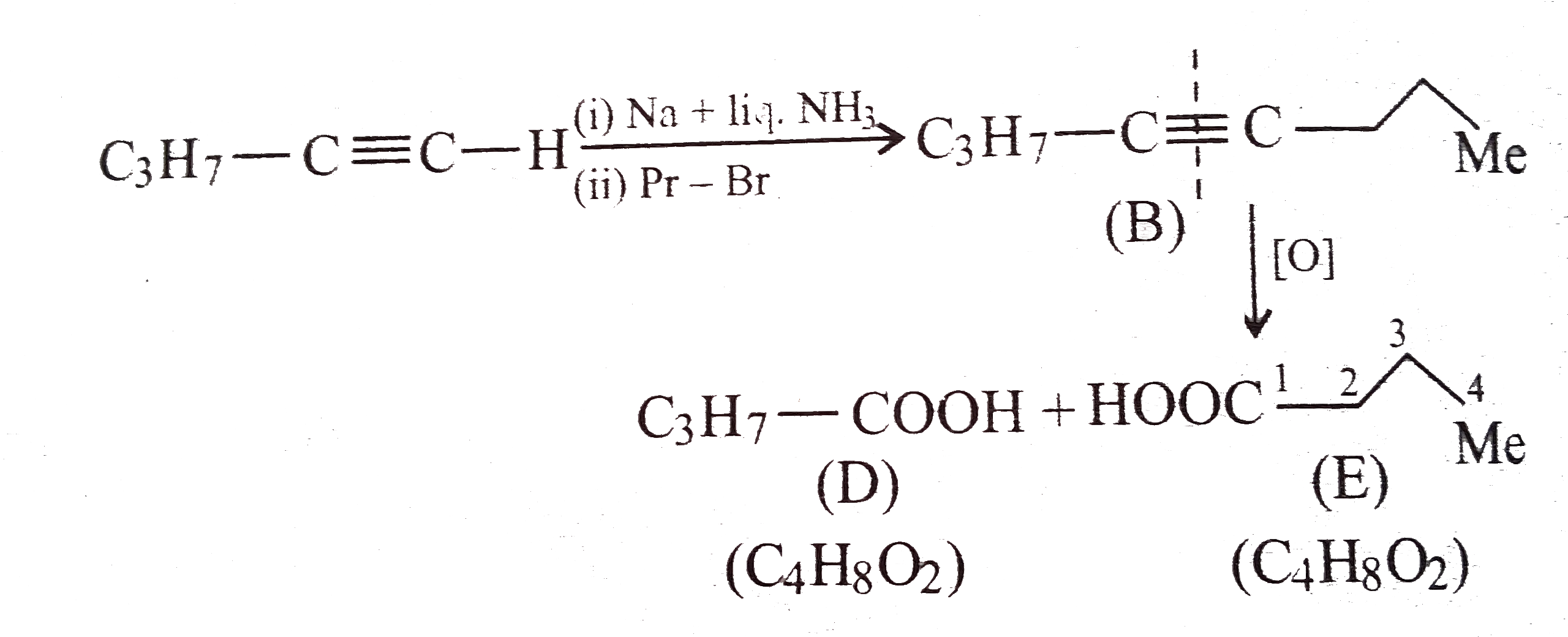
Since D and E are isomeric acid, so C3H2− group in (D) should be isopropyl group.
Structure of 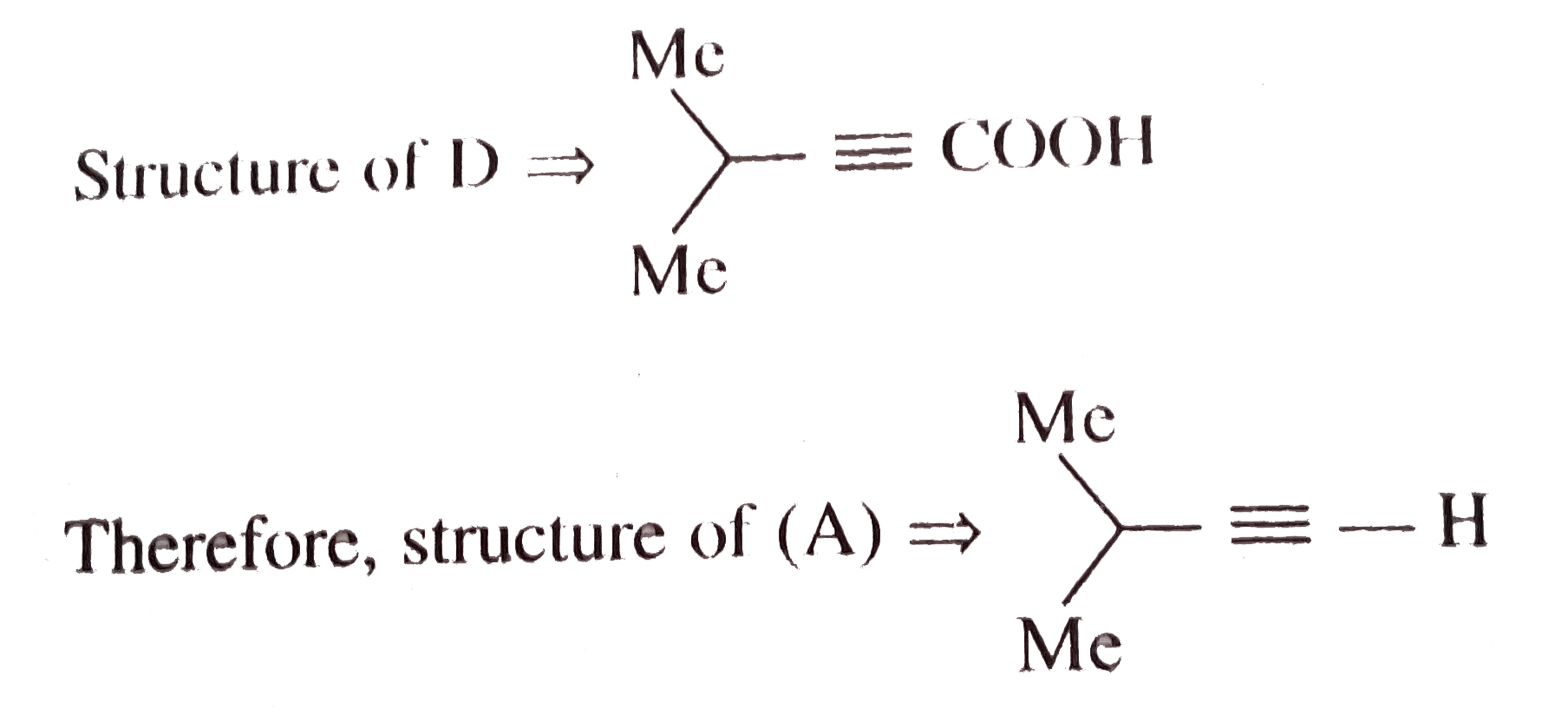
Therefore, structure of 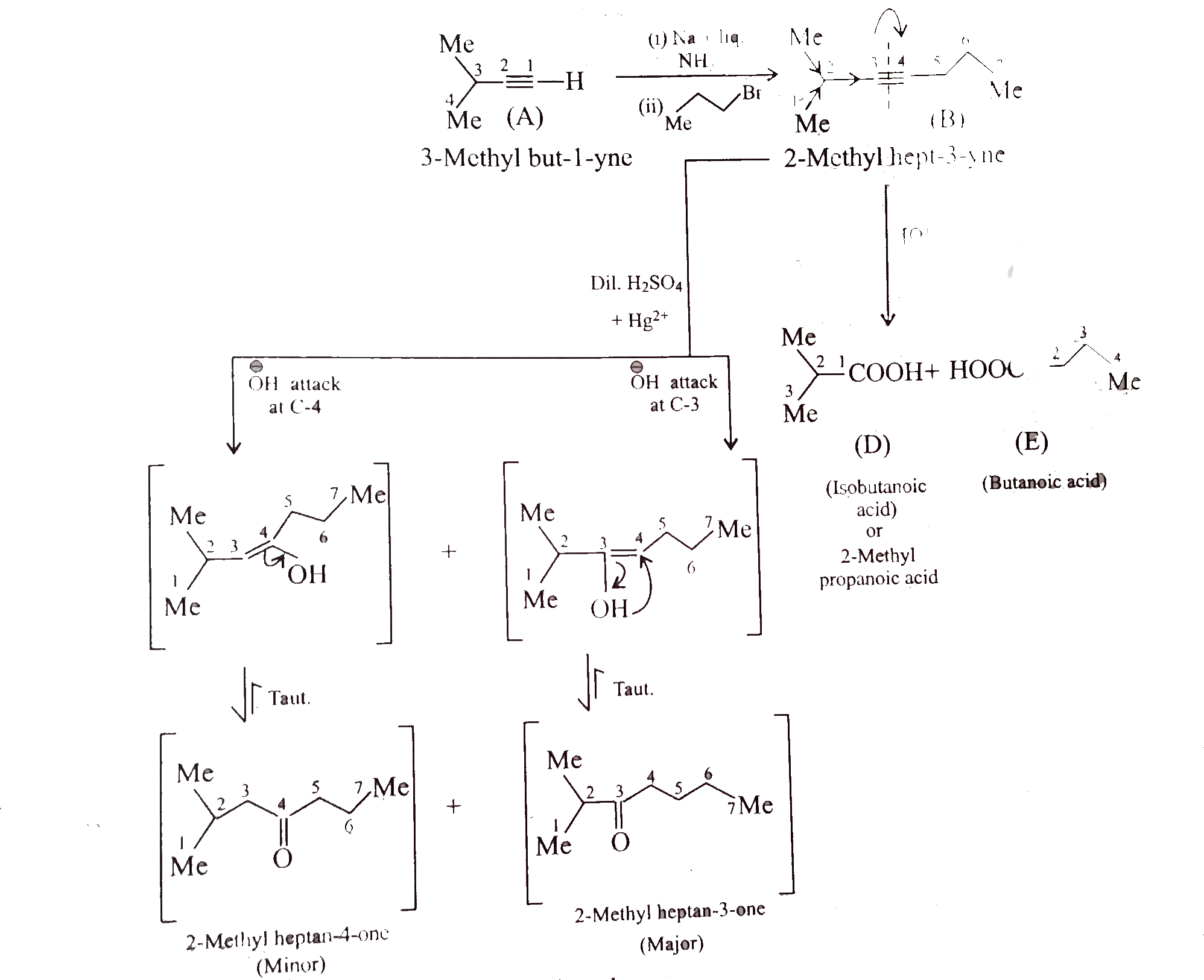
Reactions:

Due to +I effect of isopropyl group, positive charge on C−3 is more stabilished and attack of өOH is more predominant at C−3.
Topper's Solved these Questions
- ALKYNESBOOK - CENGAGE CHEMISTRY ENGLISHCHAPTER - ALKYNESEXERCISE - Exercises (Linked Comprehension Type)
51 Videos
- ALKYNESBOOK - CENGAGE CHEMISTRY ENGLISHCHAPTER - ALKYNESEXERCISE - Exercises (Multiple Correct Answers Type)
25 Videos
- ALKYNESBOOK - CENGAGE CHEMISTRY ENGLISHCHAPTER - ALKYNESEXERCISE - Solved Examples
24 Videos
- ALKENES AND ALKADIENESBOOK - CENGAGE CHEMISTRY ENGLISHCHAPTER - ALKENES AND ALKADIENESEXERCISE - Single correct Answer
14 Videos
- APPENDIX - INORGANIC VOLUME 1BOOK - CENGAGE CHEMISTRY ENGLISHCHAPTER - APPENDIX - INORGANIC VOLUME 1EXERCISE - chapter-7 Single correct answer
1 Video
Similar Questions
A black mineral (A) on heating in presence of air gives a gas (B). The mineral (A) on reaction with dilute H2SO4 gives a gas (C) and a solution of a compound (D) on passing the gas (C) into an aqueous solution of (B), a white turbidity is obtained. The aqueous solution of (D) on reaction with potassium ferricyanide gives a blue compound (E). Identify (A) to (E) and give chemical equations for the reaction involved.
View SolutionIdentify (C) to (E) :
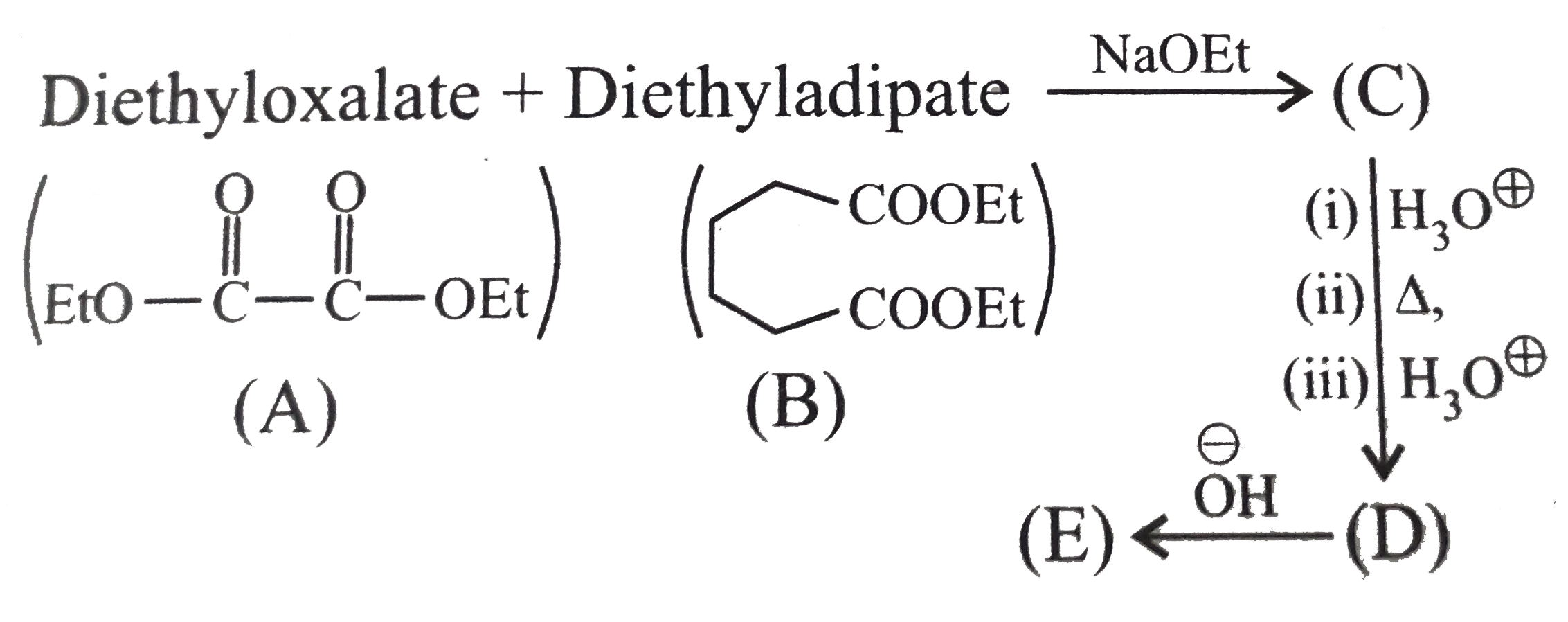 .
.
View Solution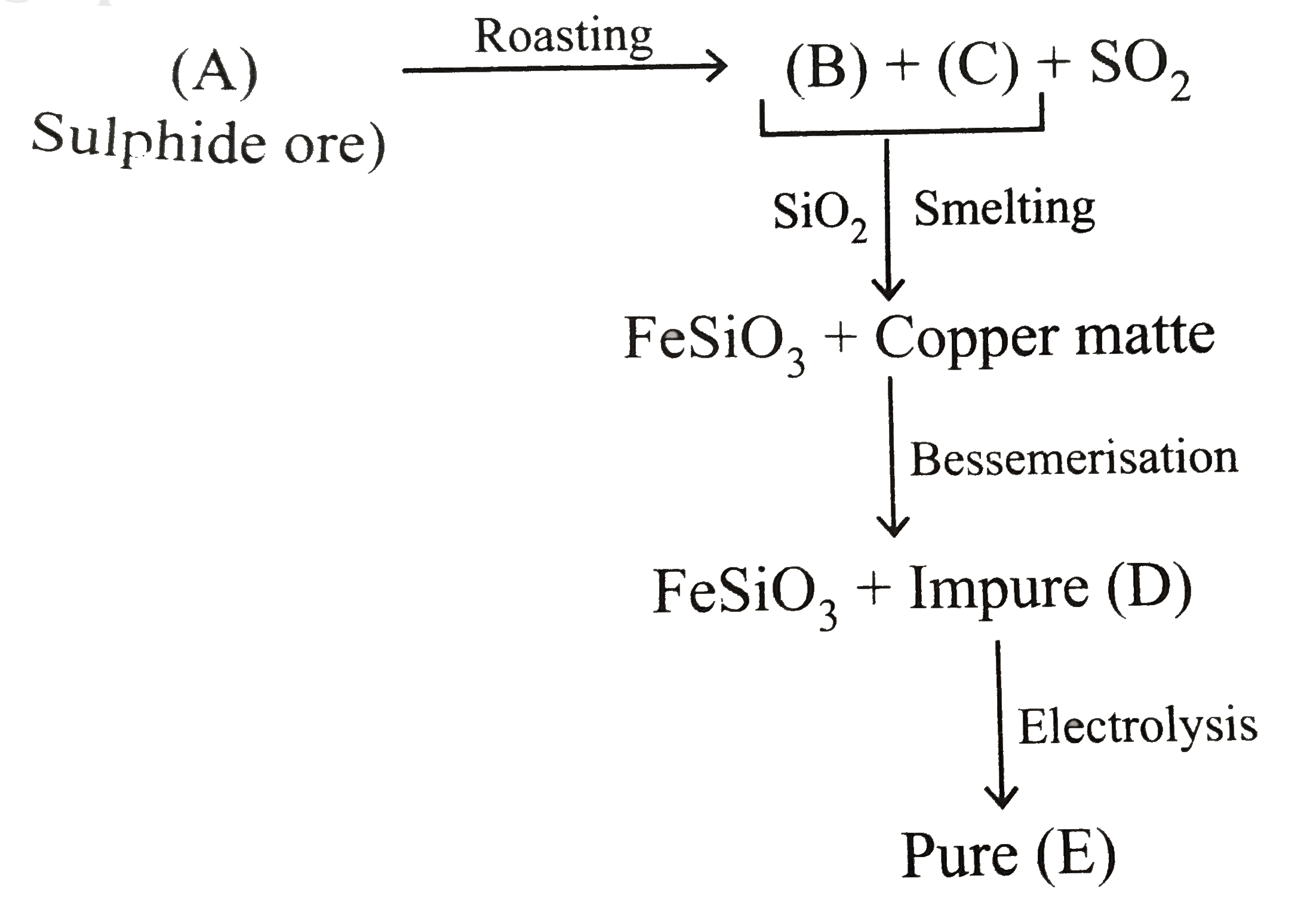
Identify (E).
View SolutionCaCO3 on heating gives a white solid (A) and a gas (B), (A) on heating with carbon gives a solid (C) and a gas (D), (C) on hydrolysis glves a gas (E) and a solid (F) Identify (A), (B), (C), (D) , (E) and (F) .
View SolutionIdentify A, D, E and F in the diagram of an antibody molecule given below :
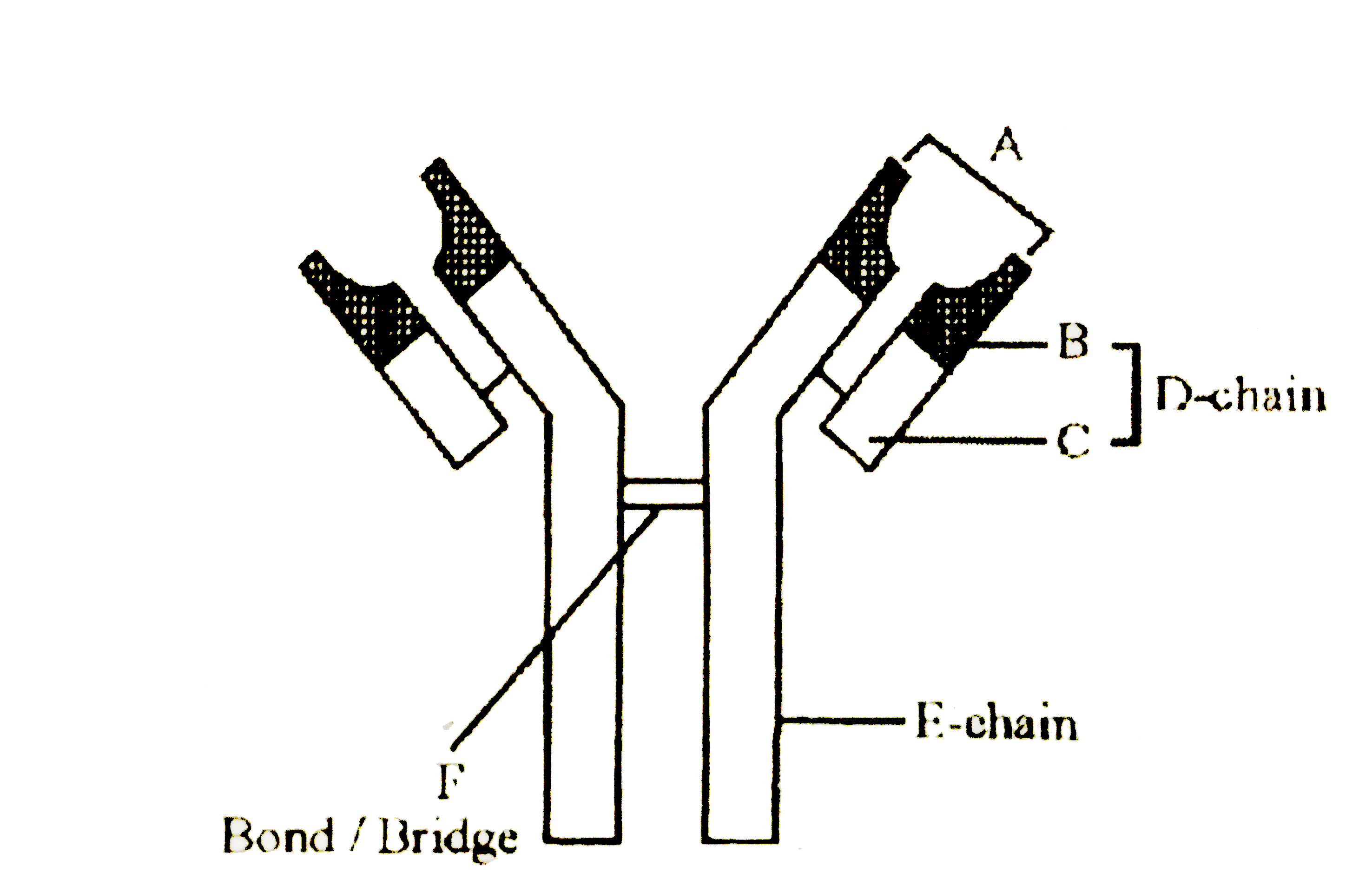
View SolutionSelect the option that correctly identifies A to E in the given flow char.
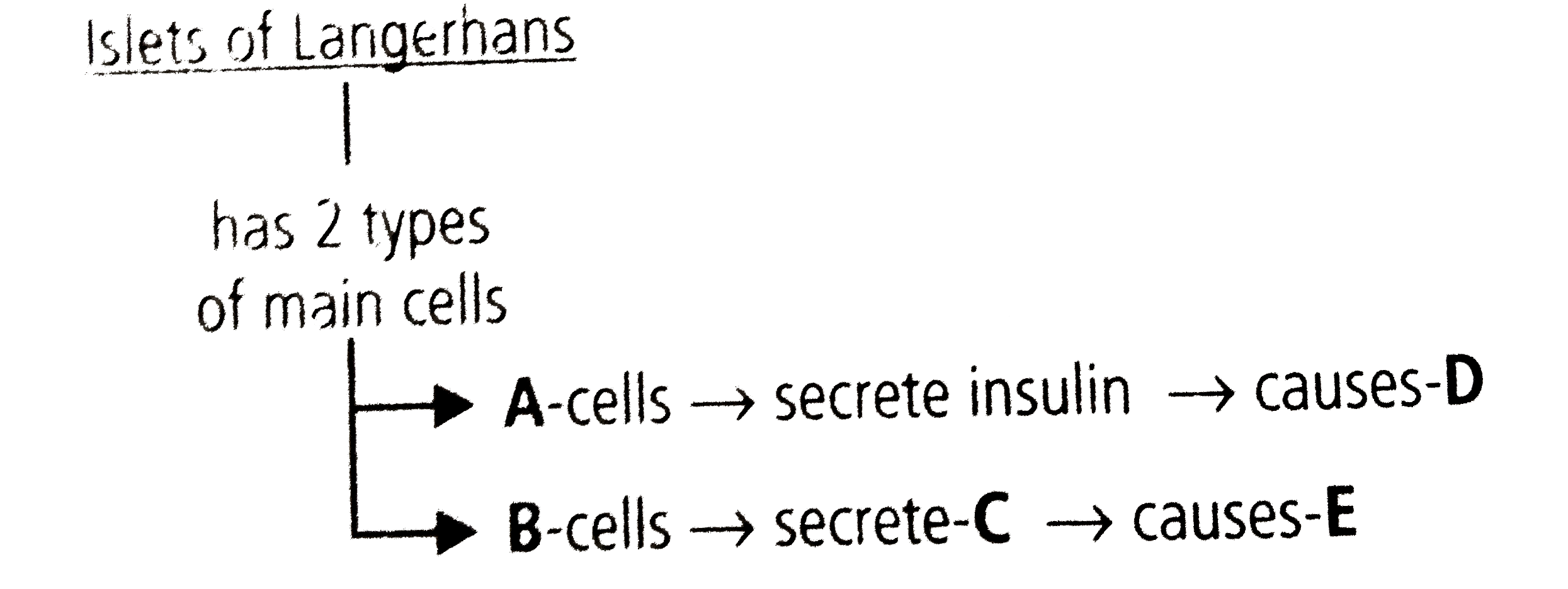
View Solution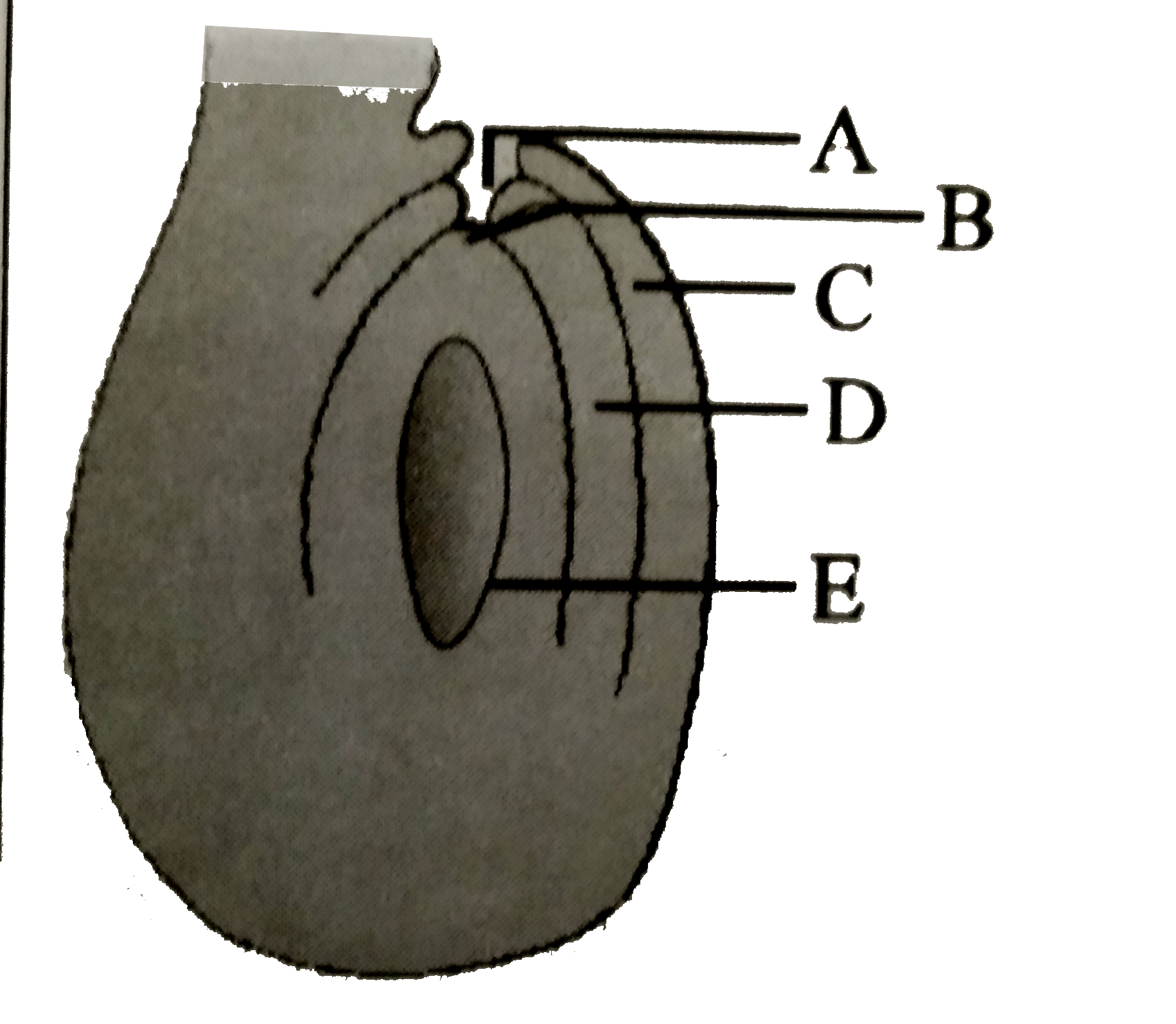
Identify A, B, C, D, E
View Solution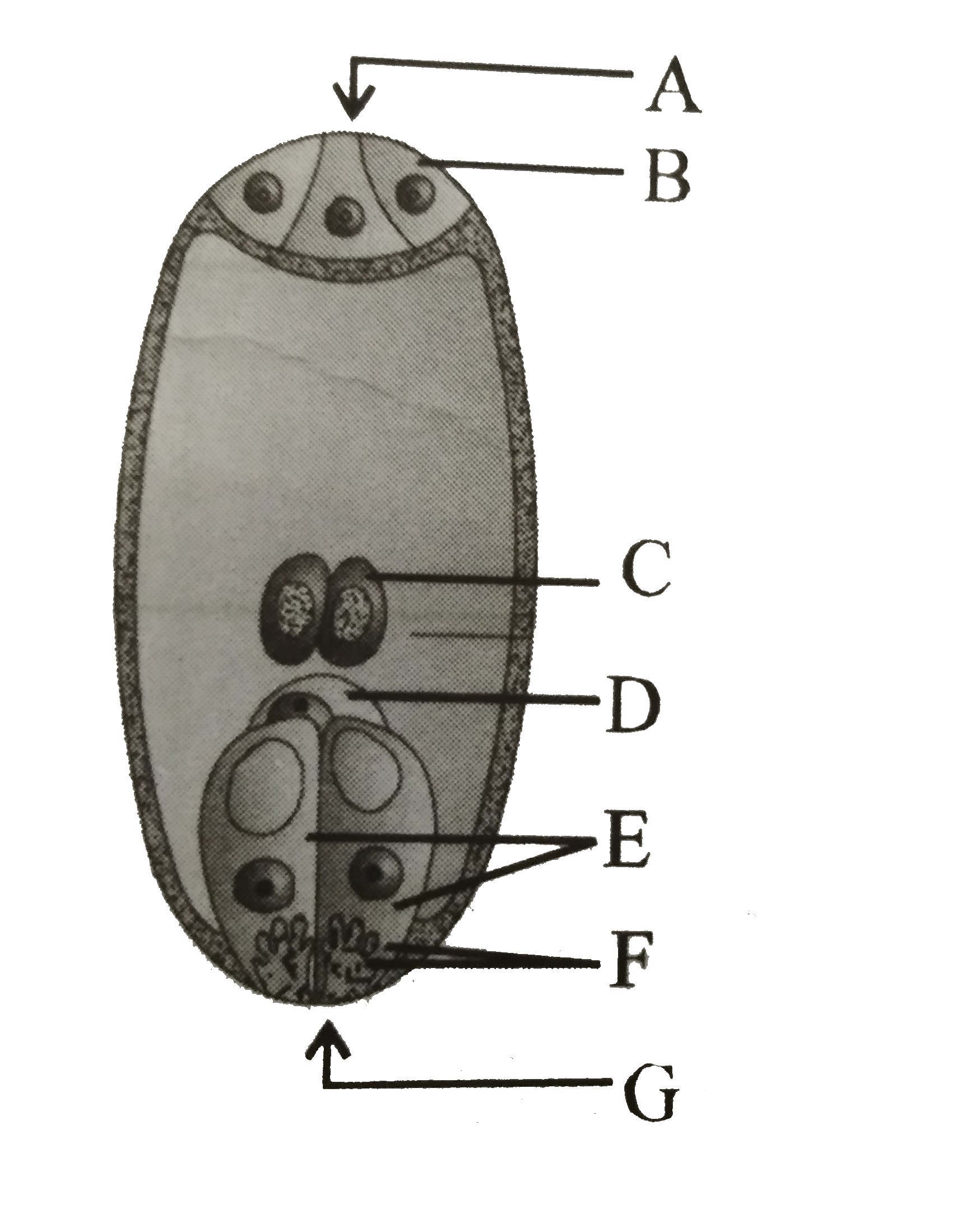
Identify A, B, C, D, E, F,G
View SolutionIdentify A, B, C, D, E and F in the table given below :

View SolutionIdentify A, B, C, D, E, R and R1 in the following:
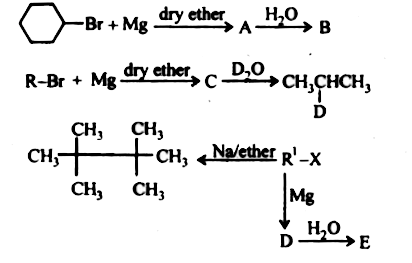
View Solution
